An equiconvex lens, f1=10cm, is placed 40 cm in front of a concave mirror, f2=7.50cm as shown in Figure ., An object 2 cm high is placed 20cm to the left of the lens . Find the position of the final image is formed when leftward travelling rays once again pass through the lens. Find overall magnification.
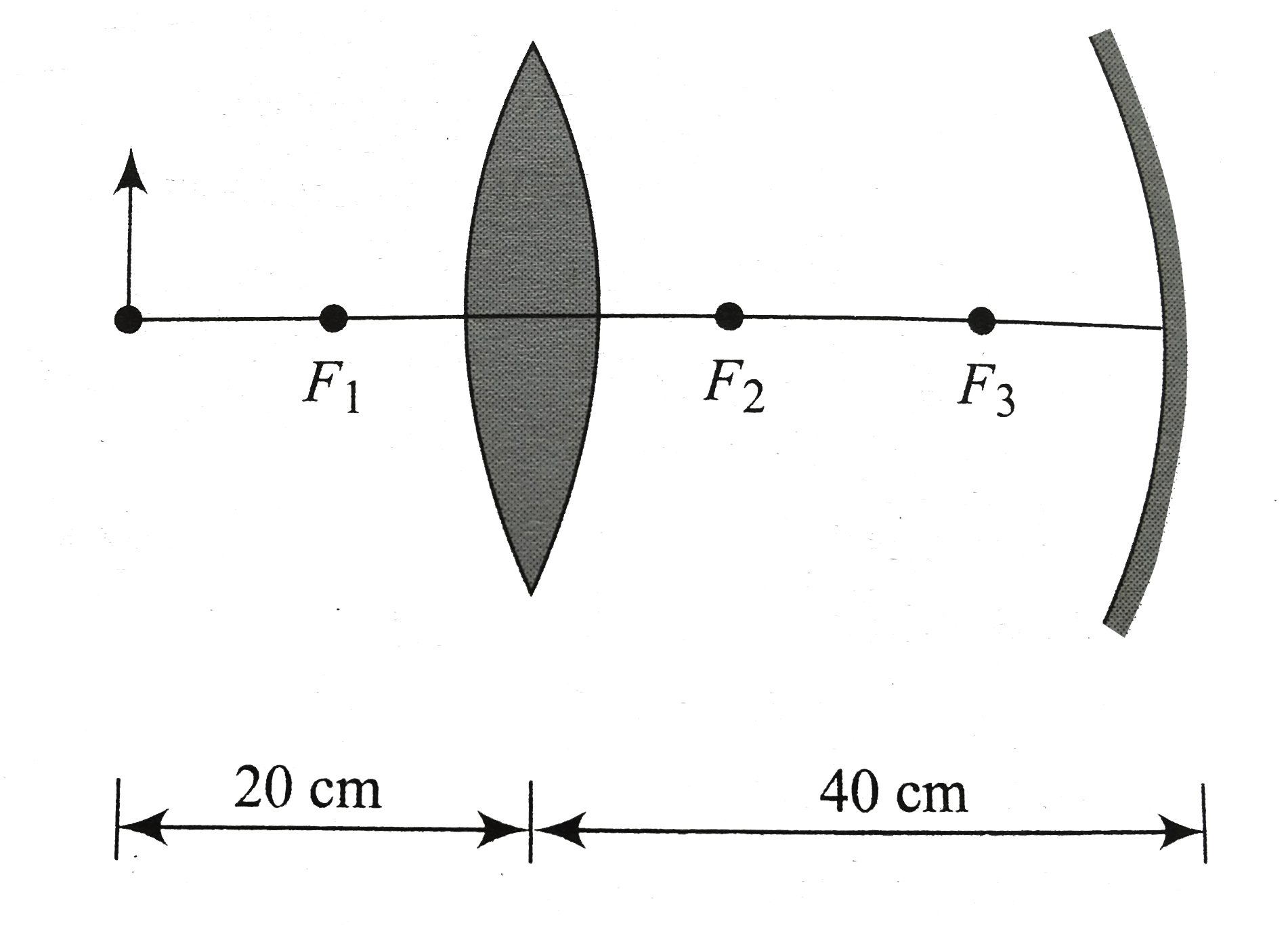
The correct Answer is:Final image is real, inverted and lies 15.6cm to the left of the lens with overall magnification 0.333
From lens equation,
1v−1(−20)=110,v=−20cm
Magnification, m1=vu=(+20−20)=−1
Image is real and inverted, same size as object.
The first image acts as object for concave mirror. Object distance for mirror is (40−20) cm.
From mirror equation,
1v′+1(−20)=1(−7.5),v′=−12cm
Magnification, m2=(u′v′)=−(−12−20)=−0.6
The second image is 12cm to the left of th emirror, real, erect (that is reinverted).
The second image acts as object for the lens. The object distance for second refraction at the lens, u''=+28cm
From lens equation, 1v''−1(+28)=1−10,v''=−15.6cm
Note the sign convention for f and u.
Magnification, m3=v''u''=(−15.6+28)=−0.556
Final image is real, inverted and lies 15.6 cm to the left fo the lens.
Overall magnification,
m=m1×m2×m3
=(−1)×(0.6)×(−0.556)=−0.333
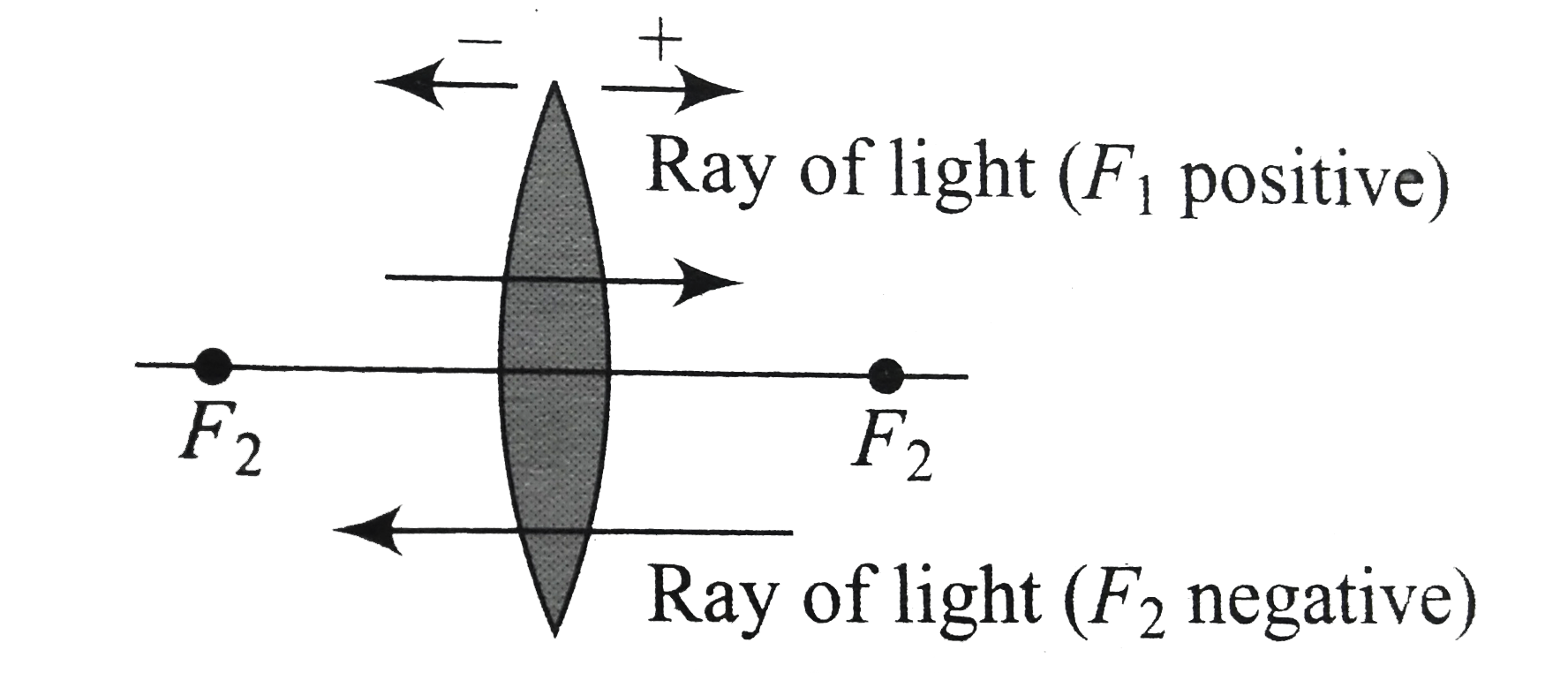
Topper's Solved these Questions
- GEOMETRICAL OPTICSBook:CENGAGE PHYSICS ENGLISHChapter:GEOMETRICAL OPTICSExercise:Single Correct
Explore 221 Videos
- GEOMETRICAL OPTICSBook:CENGAGE PHYSICS ENGLISHChapter:GEOMETRICAL OPTICSExercise:Assertion-Reasoninig
Explore 2 Videos
- GEOMETRICAL OPTICSBook:CENGAGE PHYSICS ENGLISHChapter:GEOMETRICAL OPTICSExercise:Exercise1.7
Explore 21 Videos
- ELECTRON,PHONTS,PHOTOELECTRIC EFFECT & X-RAYSBook:CENGAGE PHYSICS ENGLISHChapter:ELECTRON,PHONTS,PHOTOELECTRIC EFFECT & X-RAYSExercise:dpp 3.3
Explore 15 Videos
- HEATING EFFECT OF CURRENTBook:CENGAGE PHYSICS ENGLISHChapter:HEATING EFFECT OF CURRENTExercise:Thermal Power in Resistance Connected in Circuit
Explore 27 Videos
Similar Questions
A biconvex lens, f1=20cm , is placed 5cm in front of a convex mirror, f2=15cm. An object of length 2 cm is placed at a distance 10cm from the lens.
Find the loaction and nature of the final image after the leftward travelling rays once again pass through the lens. Find overall magnification.
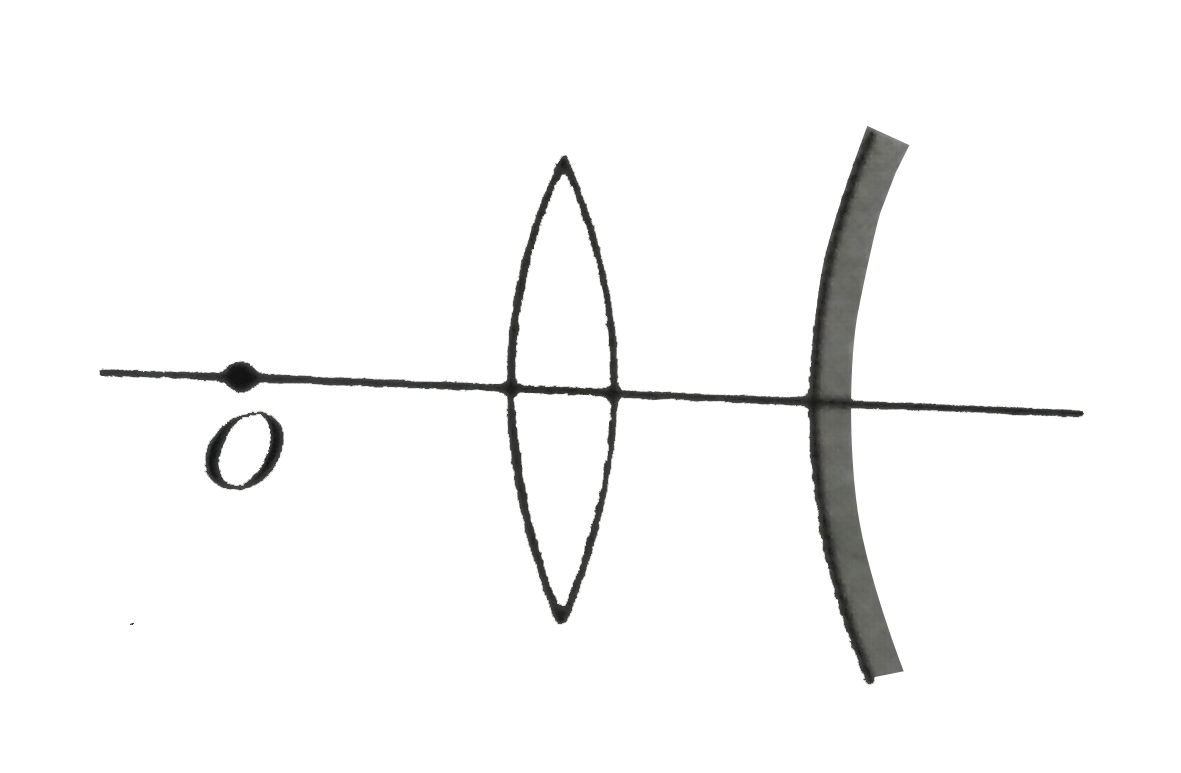
View SolutionA biconvex lens of focal length f1=10cm is placed 40 cm in front of a concave mirror of focal length f2=7.50cm, as shown in the figure. An object, 2 cm high, is placed 20 cm to the left of the lens.
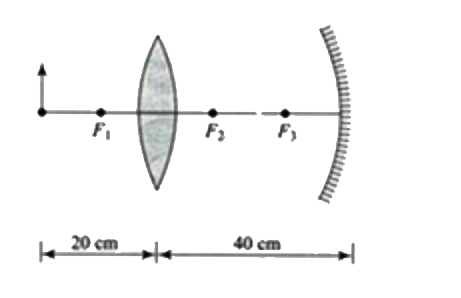
The image formed by the lens, as rays travel to the right, is
View SolutionAn object is placed at a distance of 12 cm from a convex lens of focal length 8 cm. Find :
the position of the image
View SolutionFocal length of a convex lense in air is 20cm. and of concave lens 40cm. Find the position of final image.
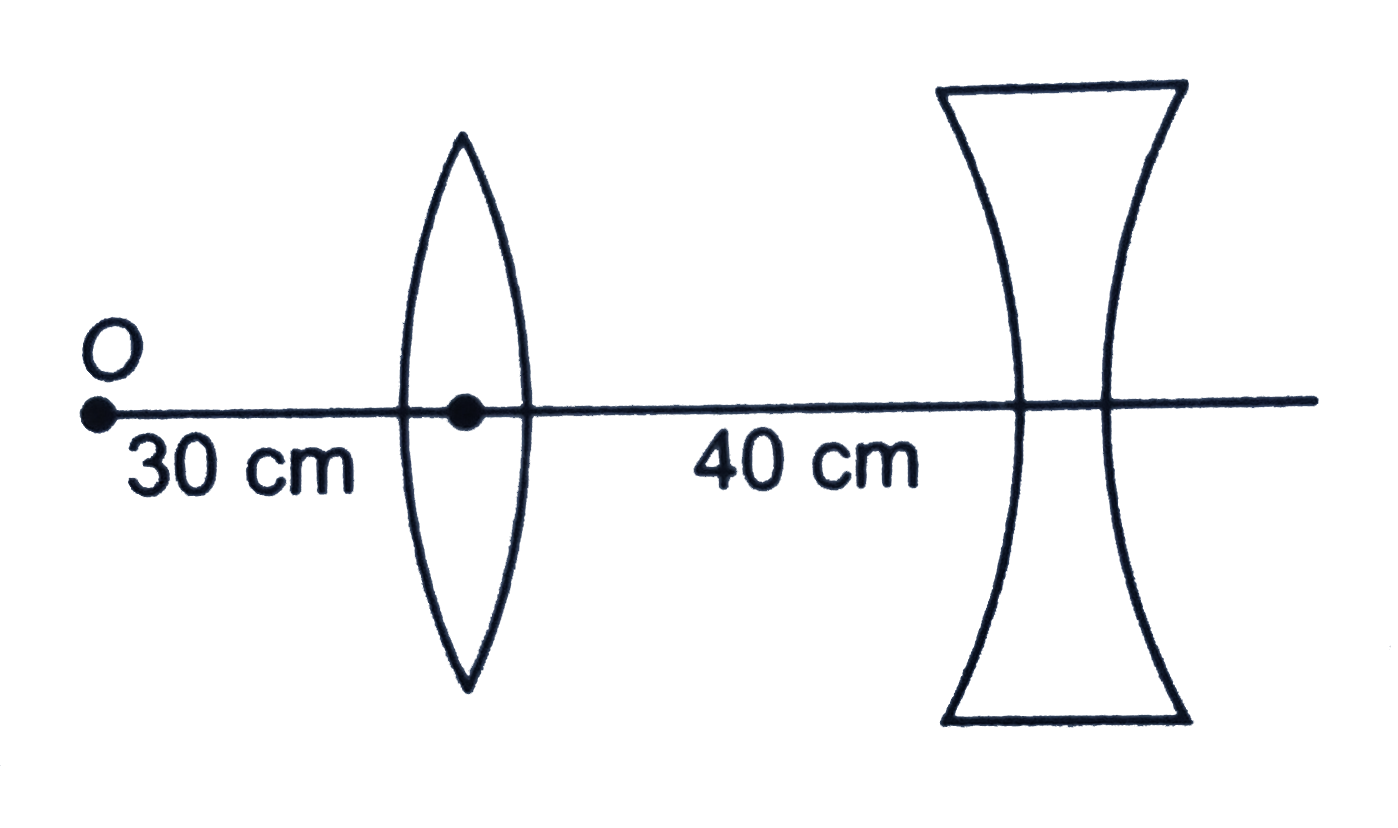
View SolutionThe plane surface of a plano-convex lens of focal length 60 cm is silvered. A point object is placed at a distance 20 cm from the lens. Find the position and nature of the final image formed.
View SolutionAn object 15cm high is placed 10cm from the optical center of a thin lens. Its image is formed 25cm from the optical center on the same side of the lens as the object
View SolutionA convex lens of focal length 20cm is placed 10cm in front of a convex mirror or radius of curvature 15cm. Where should a point object be placed in front of the lens so that it images on to itself?
View SolutionTwo thin lenses, both of 10 cm focal length- one convex and other concave, are placed 5 cm apart. An object is placed 20 cm in front of the convex lens. Find the nature and position of the final image.
View SolutionAn object is placed at 6 cm distance in front of a concave mirror of focal length 4 cm.
Find the position of the image period.
View SolutionA convex lens of focal length 20cm is placed coaxilly with a convex mirror of radius of curvature 20 cm. The two are kept 15 cm apart. A point object is placed 40 cm in front of the convex lens. Find the position of the image formed by this combination. Draw the ray diagram showing the image formation.
View Solution

